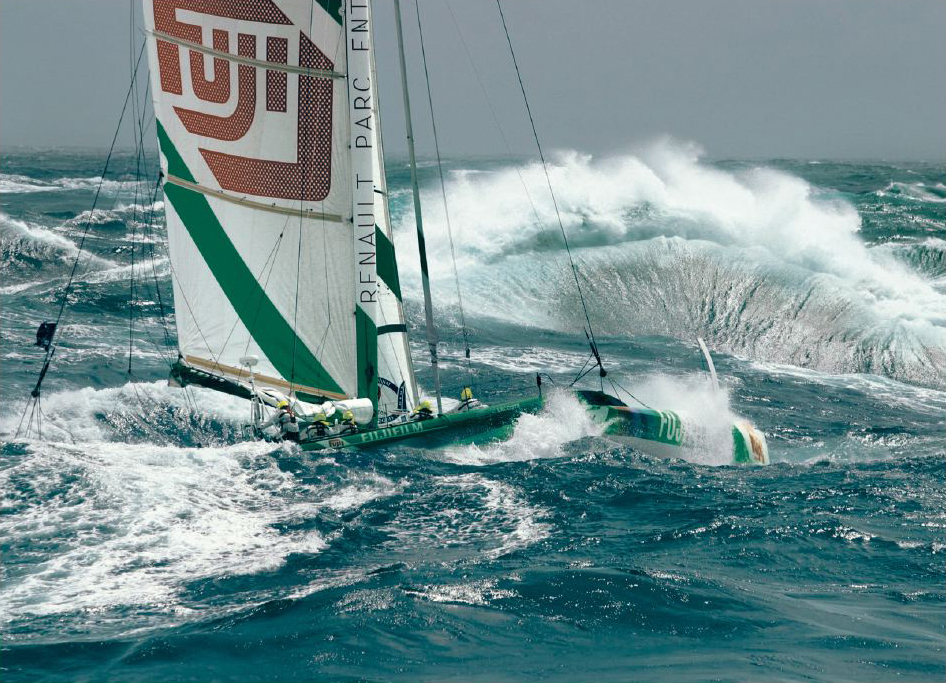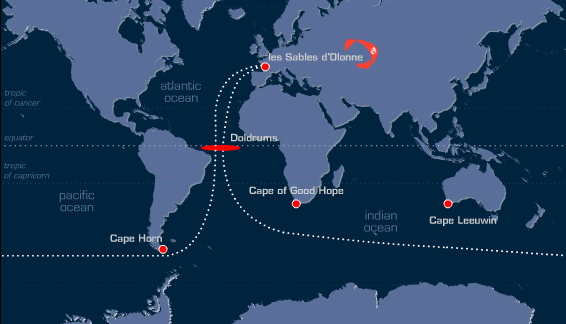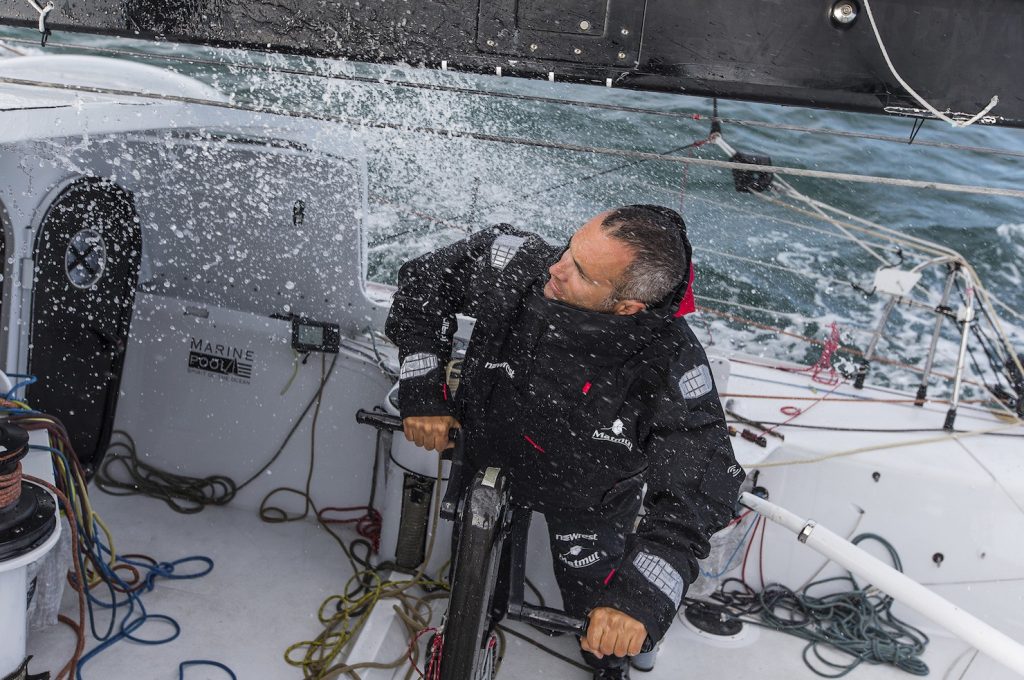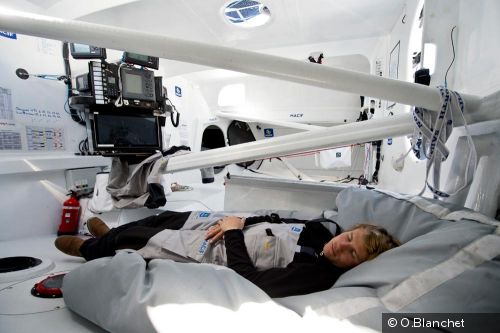
Over the years I have become a cruiser. I use my boat Dali as a home, and to travel the seas for leisure, discovering amazing coastlines, new countries and cultures. But my passion for sailing first came from racing sailboats around buoys. Sailing as a sport is a whole different world compared to cruising. It is not the most popular sport out there, although to me, sailing is the most complete sport there is.To illustrate this I will try to describe the most extreme way of racing sailboats: offshore (across seas and oceans) and singlehanded (one sailor alone on a boat).
 The most famous of these competitions is the Vendee Globe, a race that every four years leaves the city of Les Sables D’olonne, on the west coast of France. The competitors have to sail their 60ft (18,28m) carbon monohulls down the Atlantic, around the Antarctic, crossing the Indian and Pacific oceans, and back up the Atlantic to Les Sables D’olonne. Its takes them between 80 and 120 days, alone at sea, with no outside help. This race is fittingly nicknamed “the Everest of the sea”.
The most famous of these competitions is the Vendee Globe, a race that every four years leaves the city of Les Sables D’olonne, on the west coast of France. The competitors have to sail their 60ft (18,28m) carbon monohulls down the Atlantic, around the Antarctic, crossing the Indian and Pacific oceans, and back up the Atlantic to Les Sables D’olonne. Its takes them between 80 and 120 days, alone at sea, with no outside help. This race is fittingly nicknamed “the Everest of the sea”.
Let me start with the physical aspect. Handling a boat requires muscles and endurance. Keeping your balance while you move around the boat already requires a lot of energy, but the biggest expense comes with the maneuvering. Turning the winches as you change, raise or adjust the sails takes an important toll on the arms, legs, back and abs. To complete the workout, every time you change tack (the direction the wind is coming from), all the loose equipment onboard (more than 500kg!) needs to be carried from one side of the boat to the other for better performance.

Photo Credit: Jean Marie Liot
Altogether, a Vendee Globe sailor needs about 6000 calories a day to sustain his efforts: as much a cycler during the Tour de France.
 The next challenge is recovery management. A singlehanded sailor never sleeps more than 20 to 30min at a time, cumulating 2 to 4 hours of sleep in 24 hours. They also need to eat; this is where a pre-planned lyophilized diet comes in handy. When going through rough weather, sleeping or eating is not really an option. The sailors also experience very high stress levels, as the boats reach incredible speeds (up to 30knots or 60km/h), bouncing off the waves in excruciating, horribly loud, shocks; they usually compare this to “being in a washing machine”.
The next challenge is recovery management. A singlehanded sailor never sleeps more than 20 to 30min at a time, cumulating 2 to 4 hours of sleep in 24 hours. They also need to eat; this is where a pre-planned lyophilized diet comes in handy. When going through rough weather, sleeping or eating is not really an option. The sailors also experience very high stress levels, as the boats reach incredible speeds (up to 30knots or 60km/h), bouncing off the waves in excruciating, horribly loud, shocks; they usually compare this to “being in a washing machine”.
And it all lasts for two to three months.
These highly competitive sailors are also trained meteorologists. They spend hours every day studying the weather charts to decide on they optimal route. It is imperative to understand the weather patterns to develop a strategy: how to position yourself vs. an opponent relative to the weather conditions.

Photo Credit: B. Stichelbaut
Finally, it is critical for the sailor to control an additional set of skills. The high tech racing machines they sail around the world are often brand new designs pushed to their limits. They are made of top-notch composite materials that sometimes break and also carry cutting-edge electronics run by an engine. The sailor must be a composite engineer as well as an electrician and a mechanic. The sailors that win the races have always been very much involved in the design and construction of their boat.
In the following video you can see Alex Thompson’s repair in the middle of the ocean during the last Vendée Globe Race.
Now that I explained what being a racing sailor entitles imagine this: it is night time, 0 degrees Celsius outside, the water is 4 degrees Celsius, you are surfing down 10m (30ft) waves at 30knots (60km/h) in the middle of the southern oceans. Everything is cold and wet, but you need to steer, manoeuvre, navigate, repair, eat and sleep, while dealing with a stress level equivalent to the one of a rally car driver launched at full speed on an icy track.
To give you a better idea, have a look at these images from The Volvo Ocean Race, a round the world race with a crew of ten:
You have to be highly intelligent, composed, organized, fit, strong, motivated and completely crazy. Most of all, experience is key. Combining all these strengths is such a complex endeavor that the sailors winning the big singlehanded races are usually in the forties or even fifties.
There is no other sport that challenges so many aspects of a human being. This explains my fascination… to be continued
